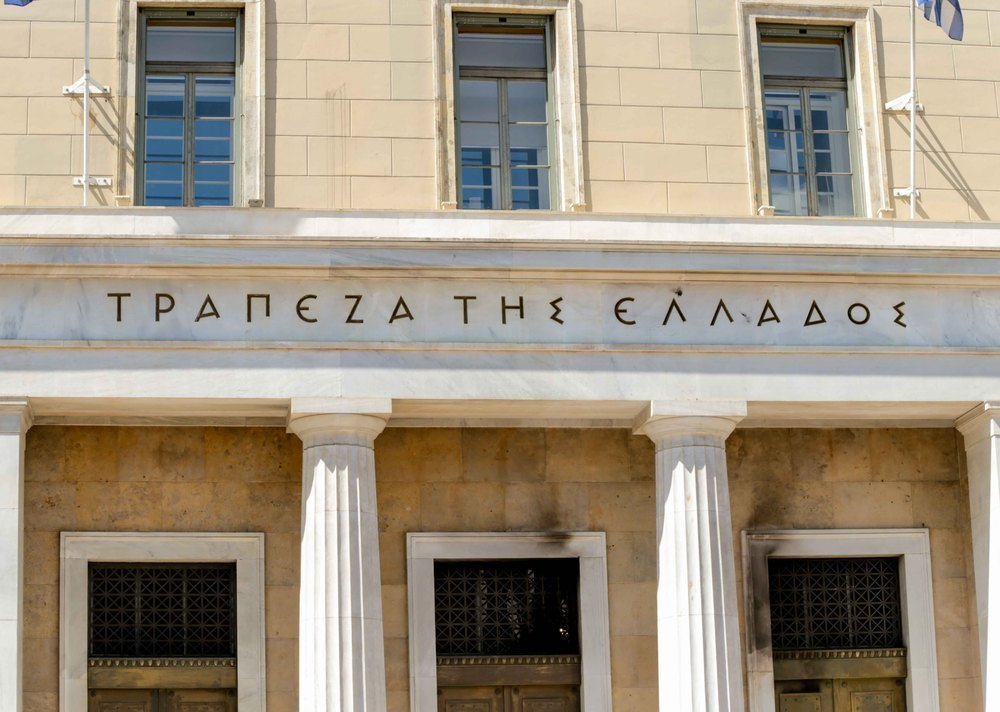The November 2022 Financial Stability Review focuses on developments in the banking sector over the first half of 2022. It also includes three Special Features, discussing the following topics: (a) evolution and structure of GDP on the basis of Gross Value Added by sector of economic activity, and respective bank credit; (b) the European and national regulatory framework on information and communication technology (ICT) and security risk management by financial institutions; and (c) reforms to rationalise the channelling of public funds by the Bank of Greece through the System of Treasury Accounts.
The high stock of NPLs remains the biggest challenge for the Greek banking sector.
The significant reduction in the NPL stock has led to a marked decrease of the NPL ratio (June 2022: 10.1%); nonetheless, banks should step up their efforts to bring this ratio closer to the EU average. Moreover, the worsening economic outlook adds to the uncertainty surrounding the debt-servicing capacity of non-financial corporations and households. Accordingly, banks could face a renewed deterioration of their asset quality with a new wave of NPLs.
In the first half of 2022, liquidity conditions in the banking sector presented a mixed picture. Access to money and capital markets for funding became more difficult in the context of monetary policy normalisation. However, deposits continued their upward trend (September 2022: €185.5 billion), reflecting strong economic growth and credit expansion, mainly to firms.















